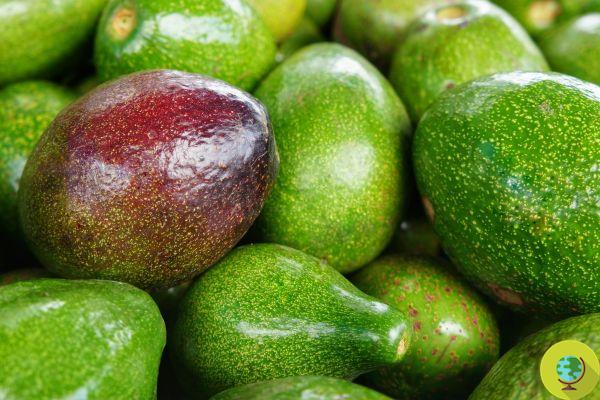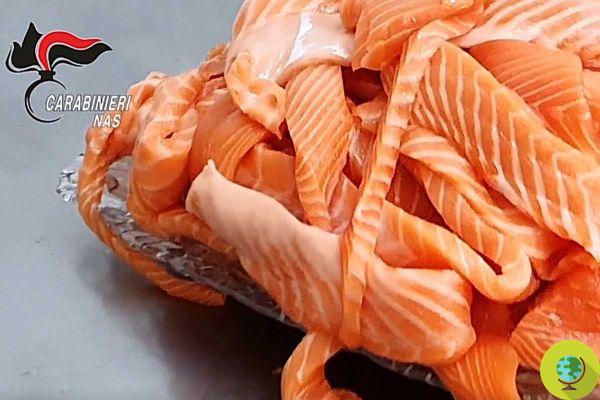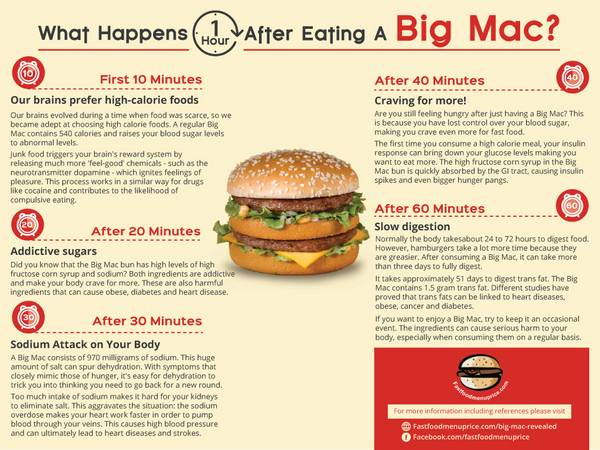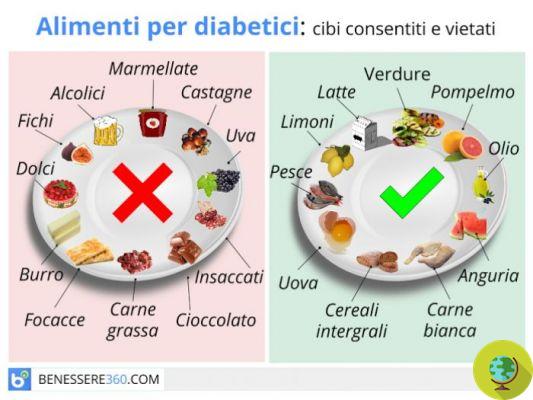
Good eating habits are learned in childhood and influence the behaviors that you will have at the table as adults. Parents, therefore, must try as much as possible to follow the feeding of their children closely, trying to protect them from the numerous advertisements that indicate snacks, chips and snacks as the perfect snack. Variety, moderation and balance will be your mantra, along with fruits and vegetables, including juices, smoothies and dishes prepared by making fun shapes with these ingredients. At the center fresh, seasonal products, prepared as much as possible at home. Here are some useful tips to help children eat healthy.
Don't store avocado like this: it's dangerous
Le good eating habits are learned during thechildhood and influence the behaviors that you will have at the table as adults. THE Parentstherefore, they must try as much as possible to follow the feeding of their children closely, trying to protect them from the numerous advertisements that indicate snacks, chips and snacks as the perfect snack.
Variety, moderation and balance will be your mantra, along with fruits and vegetables, including juices, smoothies and dishes prepared by making fun shapes with these ingredients. At the center fresh, seasonal products, prepared as much as possible at home. Here are some helpful tips for help children eat healthy.
Index
Set a good example
There is no magic formula for solving children's problems at the table. It may happen that they do not want to eat certain foods, for example certain types of vegetables or fruit. Try to set a good example as much as possible, making fruit and vegetables the preponderant part of the day's meals. Try to be a good role model to follow. If the children don't see you eating junk food, and if you don't buy it, they are less likely to ask for it (at least until they are very young and not influenced by advertisements and schoolmates).
Take the kids to do the shopping
Take the children with you to do the shopping especially if you have the opportunity to visit a farm or a farmer's market. This way children will quickly learn which foods are healthier and how they get to the table. When you shop at the supermarket, pass the shelves of various packaged foods without giving them too much weight and go directly to the fruit and vegetable department. Make sure that the children can choose with you the fruits and vegetables that attract them most in terms of shape, color and scent.
Be flexible
Be flexible and always try moderation in mind. As children grow up, it is likely that children will have more opportunities to eat industrial biscuits, snacks and other packaged foods, especially outside the home or that require them. You decide in what quantities they can consume them e make the rest of your diet as healthy as possible, thanks to fresh food and home cooked dishes.
Make every meal special
How make family meals special and with children? First of all, take the opportunity to sit at the table in peace as much as possible to calmly enjoy the food and all its flavor. The children will follow you and do the same. They will learn to sit at the table until the end of the meal. Be creative when you have time and make every meal visually special, giving so much importance to shapes and colors. Make sure that the time to sit down at the table together does not coincide with family arguments and quarrels. Don't offer too large portions to children, so that they feel comfortable and still manage to eat the gisuto. If necessary, they will do an encore.
Set the table together
The time of lunch, or perhaps dinner, can turn into a beautiful ritual. Make sure that the children can help you set the table as if it were a game, with different tasks according to age. For example, younger children could help you place napkins on the table, while for older children there will be plates and glasses.
Read the labels carefully
If you happen to buy packaged foods, even simple cookies or crackers, beyond the classic snacks, always read the ingredients carefully and try to avoid as much as possible too refined products, foods that contain palm oil, excess sugars, the presence of dyes, preservatives, hydrogenated fats or other ingredients typical of industrial preparations. If necessary, try to opt for organic packaged products.
Don't use food as a reward
Food must be above all nourishment and meals should be a pleasant time. At the same time, food should not be used as reward or punishment. If you decide to use a snack as a reward or a dish that the child does not like to eat as a punishment even once, you risk creating "precedents" from which it could be very difficult to distance yourself in the future.
Be creative
To include more fruits and vegetables in the meals of children who seem not to like very much some flavors or
consistencies, some exist tricks well known to the most experienced moms, for example, using vegetables to season delicious dishes such as pizzas and savory pies prepared at home, preparing vegetable soups where you can also add unwanted but still healthy vegetables, while still giving a good overall flavor to the dish with other ingredients, prepare ice creams, smoothies and colorful fruit salads, but also healthy and not too sugary cakes, with the sweetest and tastiest fruit.
Teach the children to cook
Children are usually very attracted to their parents' activities. Depending on their age they will be able to start help you prepare meals in a different way. They will be able to cook with you while having fun. They will help you, for example, to mix salads or cake mixes and to weigh the ingredients from an early age, with increasingly complex tasks.
Fate snack with parrot
The time of the snack can be quite critical. Some children have nothing but the usual snacks, while you can prepare something very different for your children, for example a fruit salad, a smoothie, bread with homemade jam or with a sweet or savory cream to spread. Some children don't like sweets and prefer salty. You could think, for example, of breadsticks with sunflower seeds, bread with olives, focaccias and homemade pizzas. If you don't have time to prepare a snack, try to make healthy choices for the rest of your meals as much as possible and explain your needs to those who take care of the children when you are at work or otherwise away from home.
Marta Albè
Read also:
Junk food reduces children's intelligence Pesticides and cancer: toxins come from food, children at risk Improper nutrition: children's obesity and health care costs increase

























